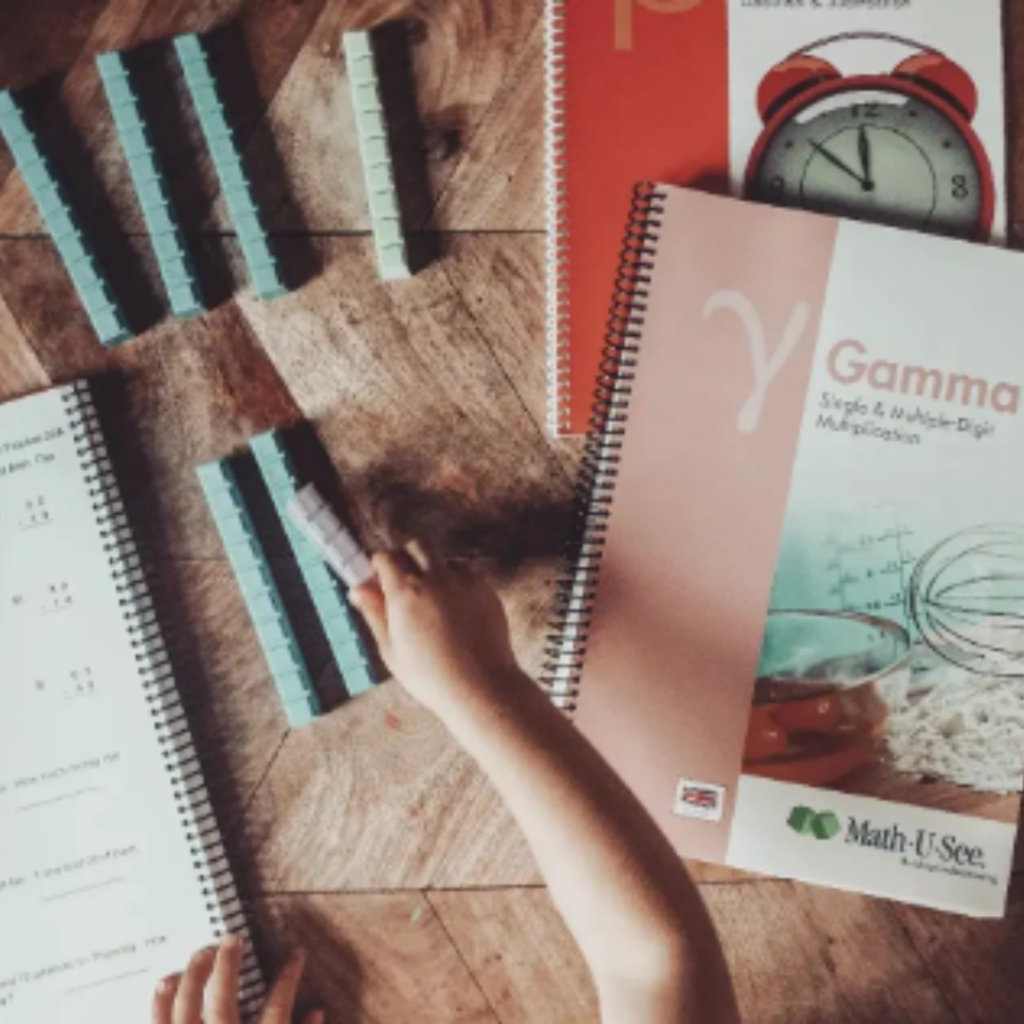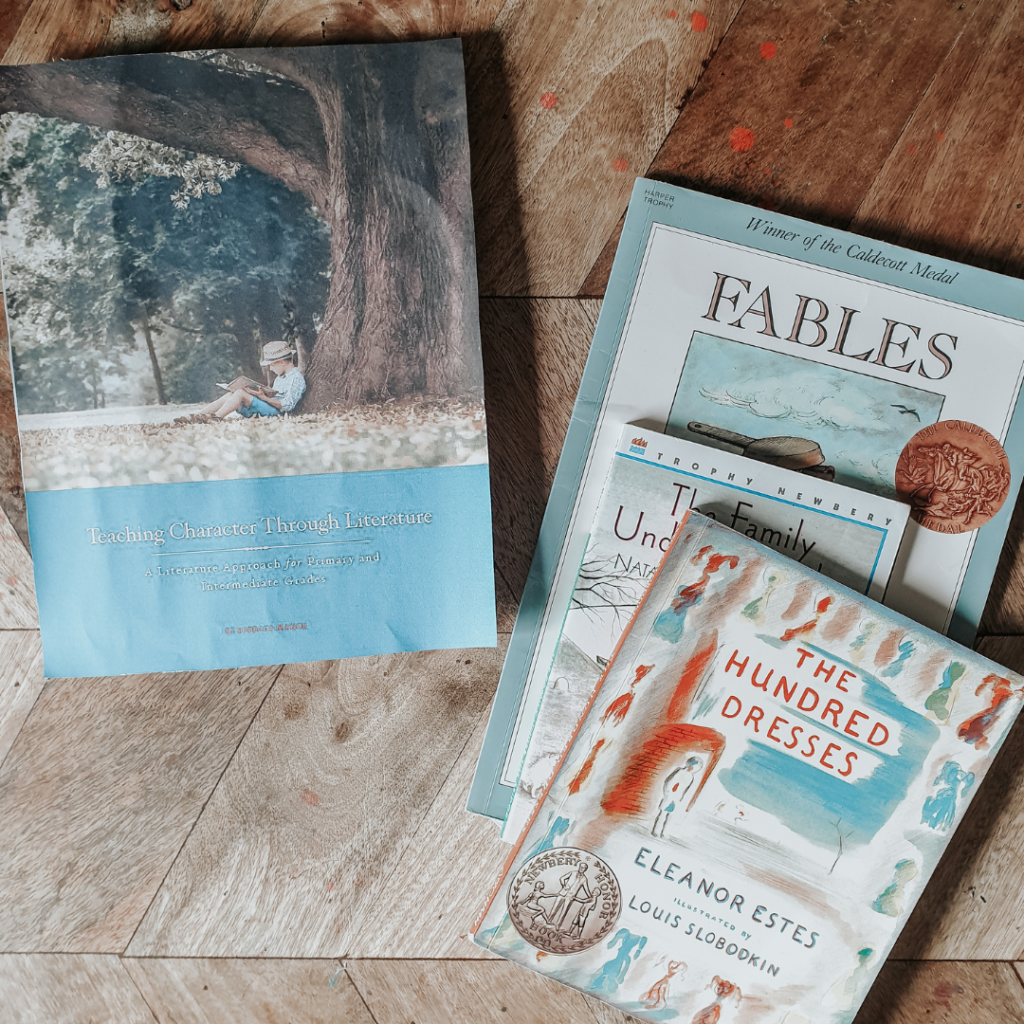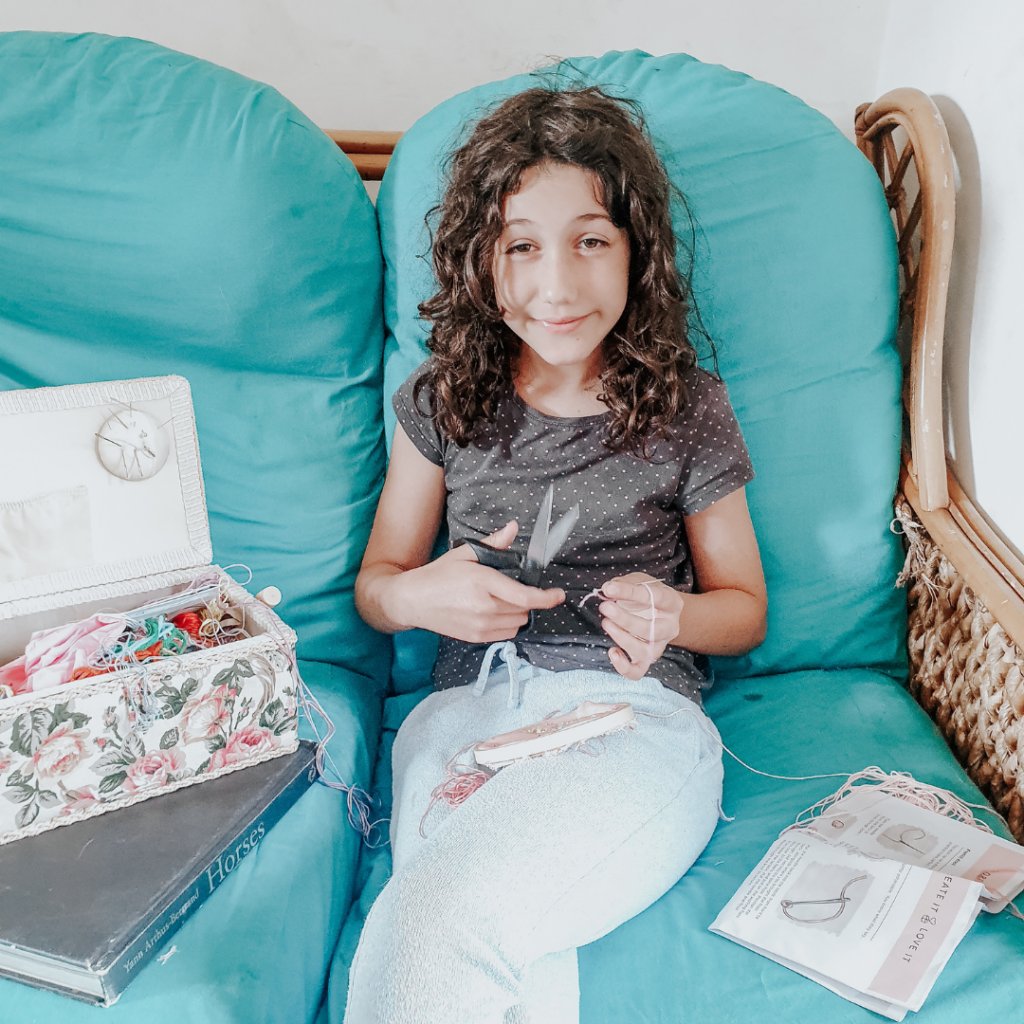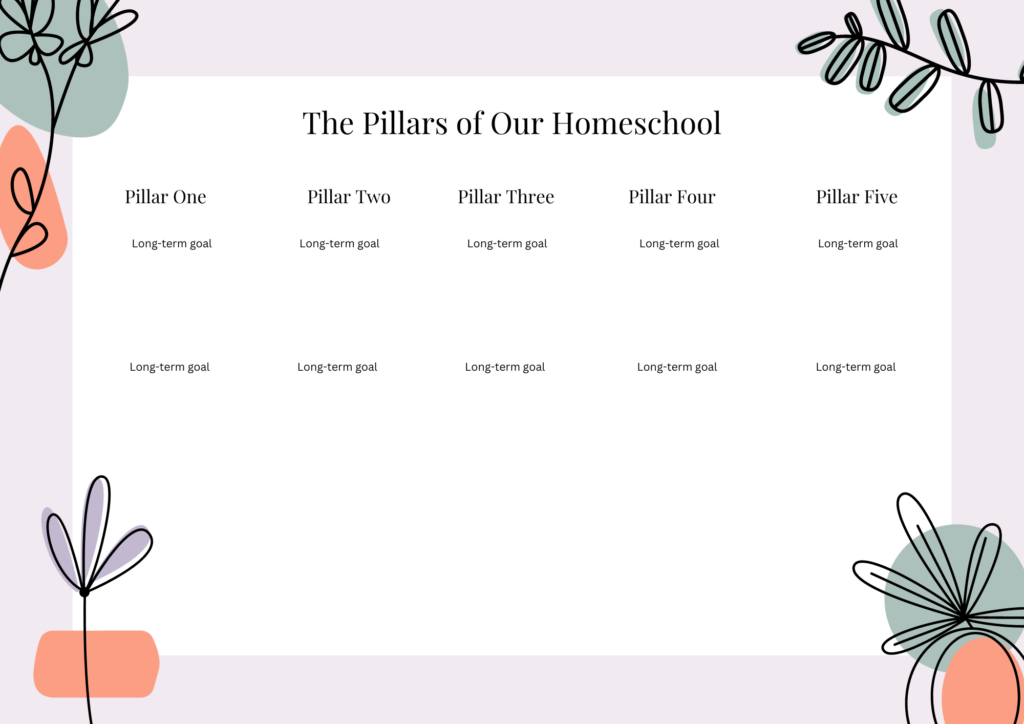There’s no denying the flexibility that home education offers families, and the benefits of this kind of freedom. If you’re a homeschooling parent, I’m guessing you’ve gratefully amended your homeschool planner many a time! But when we alter short-term plans as needed, how do we remain intentional and focussed in our homeschool? Getting clear on the long-term goals for your homeschool will give your homeschool strategic direction without compromising your ability to change things up whenever the need arises.
Why set long-term goals for your homeschool?
- This is something your husband can speak into, without having to invest a lot of time in all the details.
- You remain focussed on areas where you want to provide your children a rich education, things that are of the utmost importance to you as a family.
- Gaining clarity on what you want to accomplish will give you real confidence in the choices you make when it comes to choosing study topics and curriculum.
- Planning ahead allows you to budget for things you might otherwise not be able to do, like an educational trip overseas.
- You’ll be serving your children as best you can because research shows that setting yourself long-term goals results in better performance and increased motivation.
How to establish long-term goals for your homeschool
Last summer (2022), once we’d put the little ones to bed, my husband and I had a chat about the direction of our homeschool. We shared with each other what we would most like our children to experience and learn over the next ten years. I jotted these thoughts down as we reflected on their personhood, their gifts and interests.
Then I considered how these ideas related to one another. Some were academic in nature, others related more to their walk with the Lord, their physical wellbeing, or their social-emotional wellbeing. My well-loved highlighters encouraged these scribbles into groups, which became the pillars of our homeschool.
I re-arranged our notes so each idea sat under the most relevant pillar and, together with my husband, decided upon two or three long-term goals for each. It’s important to make sure there is room within each goal for your children to take these in very different directions. For example, a goal around physical exercise could include any sport, or a goal around creative interests could include any hobby.
As a home educator nothing has given me more clarity than this exercise. Whilst I hold my plans loosely, I firmly believe these long-term goals will serve my family well.
The Long-Term Goals For Your Homeschool Will Be Unique
Before I share more about our long-term goals, I just want to acknowledge how different our children are! They likely have different gifts, experiences and needs. As you skim through the five pillars of our homeschool you may feel that these pillars would suit your family well too. And they may! But I encourage you to prayerfully consider your children’s God-given strengths, and how you can best invest in your family over the next five or ten years.
How to plan with the long-term goals for your homeschool in mind
We have five pillars to our homeschool and two long-term goals for each. When I’m planning our school year, I consider how we can best work towards our goals in an age appropriate way. For example, my daughter is too young to gain formal work experience but we are arranging for different professionals to talk about their work at our Co Op.
Gaining clarity on our goals has lead to some changes in our homeschool. For example, we have moved Spanish from a weekly subject to a daily subject, and we have broadened our study of Science considerably. I’ve also found that I am more likely to search for curriculum that meet our specific needs, than find a place in our learning journey to fit a curriculum that is popular.
Here are our homeschool pillars in practice – I haven’t shared our long-term goals here because I think that would be very time-consuming and will not necessarily add value.
Core Academics
Our first pillar represents the desire we have to master core academics such as literacy, mathematics and science. We rely on high quality curriculum to deliver a carefully planned education in these areas.
Example:
We would like our children to be confident communicators so they can express themselves well. At the moment, we do a Language Arts curriculum, spelling and handwriting practice, grammar, we spend a lot of time reading, recite poetry and present in front of our friends at Co Op regularly. We spend atleast an hour every day working on things that directly impact this goal.

Faith and Church
This pillar represents a desire for our children to see us living out our faith, and for them to develop their own personal beliefs. This means, we choose gospel-centred curriculum, value character building and spend time investing in our church and community.
Example:
We invest a lot of time in developing character. Last year (2022) we did a Character through Literature Study with Beautiful Feet Books and we read The Gospel Story Bible by Marty Machowsky. We started a Co Op with friends from our church. When I feel I cannot spare the time to prepare Co Op sessions remembering that this commitment is part of a larger goal encourages me. This year (2023) we’re studying the lives of various believers from C.S Lewis to Corrie ten Boom. We’re also reading lots of Kaleidoscope Books.

Life Skills
This pillar represents our desire to equip our children for their future, in very practical ways. Many of these are learned organically by doing life together but others do require intentionality.
EXAMPLE:
We’d love for our kids to be able to speak a second language. We prioritised this life skill, over countless others, because of their interest and gifts. We spend thirty minutes on Spanish everyday. Other life skills that have required intentionality are Home Economics and swimming lessons.

Creative Interests
We hope our children will know and develop their own strengths and hobbies. For this reason, we make room in our schedule for things that bring them joy, such as art, music, handicrafts or sports. I tend to back plan these, and last year (2022) we tried embroidery and watercolor!
Example:
We hope our children will be resilient and joyful because they know themselves well, and because they are confident of their own strengths. I offer my kids a variety of opportunities and don’t always know what will become a keen interest! So I tend to back plan. Last year (2022) my daughter did a lot of embroidery and knitting. This year (2023) she has really taken an interest in cartoon drawing.

Thriving Outdoors
This pillar represents a desire for our children to gain confidence outdoors and, through this, to develop habits that promote good health.
Example:
One of the goals we worked on last year (2022) was learning how to cultivate our own garden. We went to a few Pick Your Own gardens, and grew a few fruits and herbs in our own. This year (2023) we worked on other goals such as ‘1000 Hours Outside‘ and to try a new sport which was sailing!

My Final Encouragement
As I said, this exercise has been invaluable to me. I am no longer tempted to purchase curriculum simply because it is beautiful, well-liked and hot-off-the-press. Instead I look for things that I know will best meet our goals. I also feel more confident in my choices because I have a clear sense of direction. If you haven’t jotted down all the things you’d love your kids to know before they leave home, I hope you find time to do this soon and I hope it’s as useful to you as it has been to me. If you’d like to use the same template as me, once you have determined the long-term goals for your homeschool, you can pop them in this template.

Drop me a comment below, if you’ve got a question, or if you’ve done something similar.
Take a look at our fourth grade curriculum choices to learn more about how these homeschool pillars work in practice.

+ show Comments
- Hide Comments
add a comment